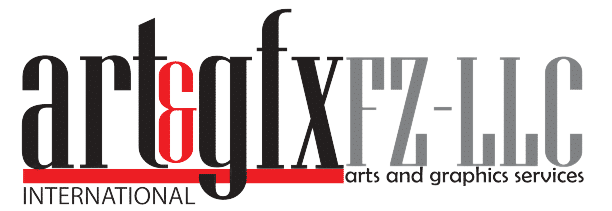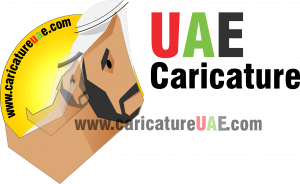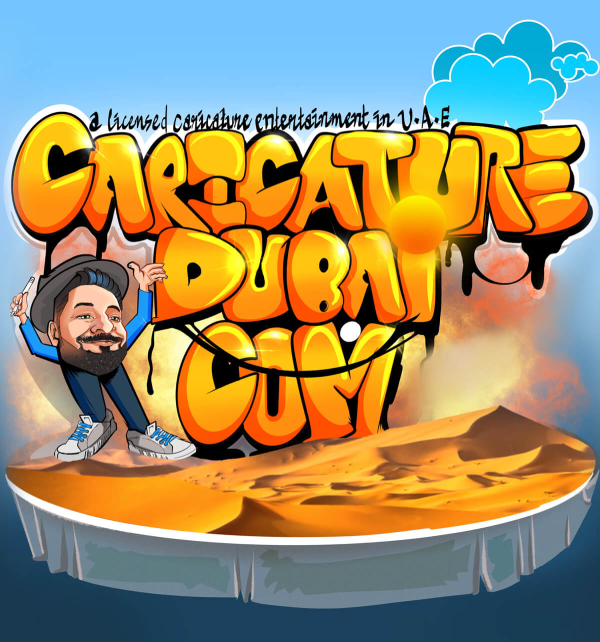Arabic calligraphy art Dubai is the artistic practice of handwriting and alphabetic calligraphy in countries that share a common Islamic cultural heritage. This includes Arabic, Ottoman and Persian calligraphy. In Arabic, it is known as khat Islami (Islamic script), Islamic calligraphy, design or construction.
The development of Islamic writing is closely related to the Qur’an; Chapters and passages from the Qur’an are a common and almost universal text based on the Islamic script. However, Islamic calligraphy is not only about religious themes, objects or places.
Like all Arabic art, it includes various works created in different contexts. The prevalence of calligraphy in Islamic art is not directly related to its unconventional tradition; rather, it shows the centrality of the concept of writing and written text in Islam. For example, it is related to the words of the Prophet Muhammad SAW: “The first thing created by God is the pen.”
Calligraphy incorporated into modern art
Arabic calligraphy Dubai evolved from two main styles: Kufic and Naskh. Each has several variations, as well as distinct regional styles. Arabic calligraphy has been incorporated into modern art as well as the latest calligraphy styles from the post-colonial era in the Middle East.
Tools and media
The traditional tool of Arabic calligraphy is the pen, usually made of dried reeds or bamboo. Inks are often coloured and can vary greatly in intensity, creating dynamism and movement in typography. Some styles are often written with metal pens.
Calligraphy can be used on many decorative materials besides paper, such as tiles, tableware, carpets and stones. Paper was used for writing before the advent of palm and parchment. Many manuscripts from China in the 9th century revolutionized calligraphy. While the monasteries of Europe possessed tens of precious volumes, the libraries of the Muslim world routinely held hundreds, if not thousands, of books.
Central iconographic function
For many years, the art of writing had a central iconographic function in Islamic art. Although the academic tradition of Islamic writing began in Baghdad, the centre of the Islamic Empire for much of its early history, it eventually spread to India and Spain.
Coins are another support for calligraphy. Beginning in 692, the Islamic Caliphate revolutionized the coinage of the Middle East, replacing Byzantine Christian images with Islamic words written in Arabic. This is especially true for dinars or precious gold coins. Usually, the coins are written with quotations from the Qur’an.
How calligraphy became popular?
By the 10th century, the Persians, who had converted to Islam, began to weave patterns into patterned silk. Textiles written in Arabic were so valuable that the Crusaders brought them to Europe as valuables. A famous example is the Suaire de Saint-Josse used to cover the bones of a saint at the monastery of Saint-Josse-sur-Mer near Caen in northwestern France.
Secular and contemporary
Because Islamic calligraphy is highly valued, many works follow the example of famous calligraphy, rather than secular or contemporary works. In the Islamic tradition, Arabic calligrapher Dubai undergoes extensive training in three stages to obtain certification, including learning from their teacher models.




